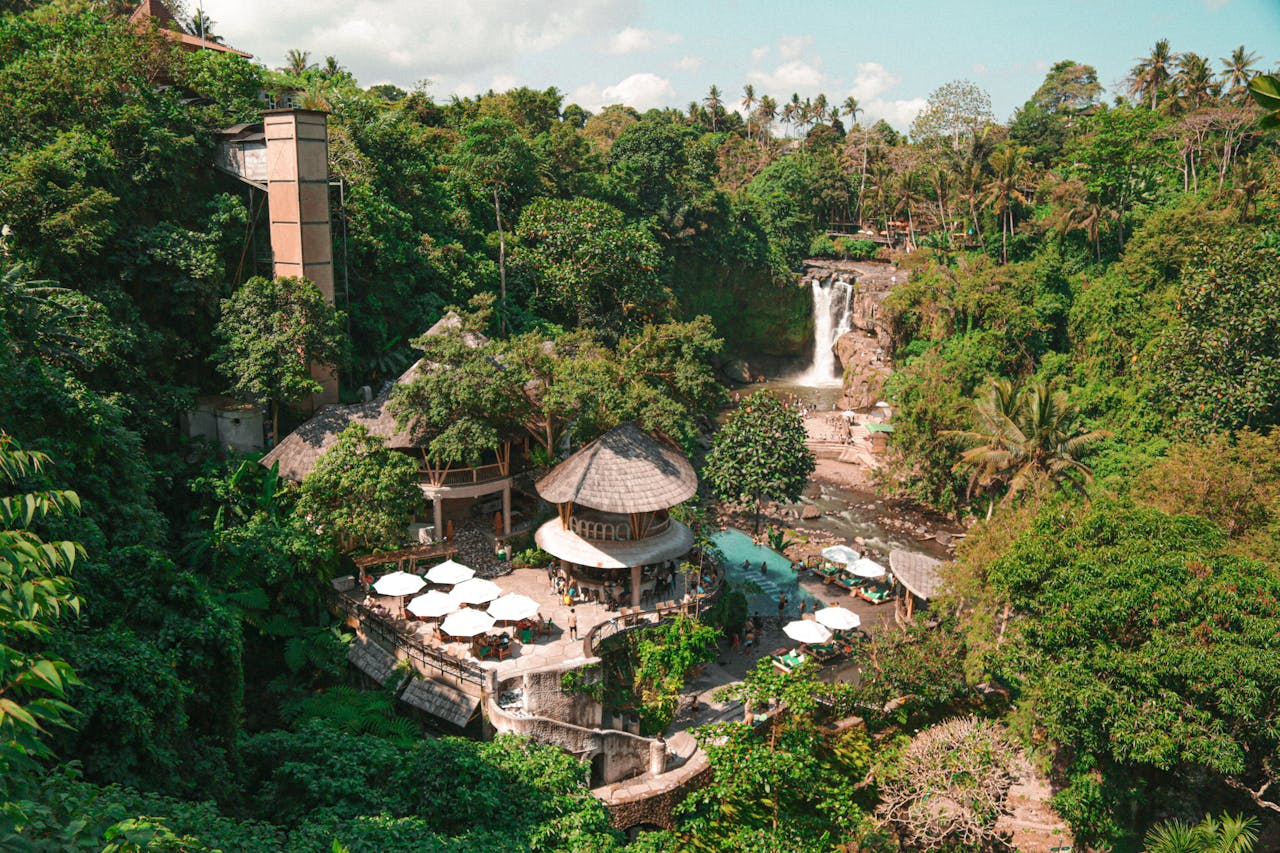In recent years, Bali has faced challenges with a small but increasingly noticeable group of tourists who exhibit disrespectful and sometimes illegal behavior. This is not a new phenomenon, as it has been a concern for decades. However, Bali might consider learning from Japan’s experience handling similar issues.
Japan has become a popular destination for Australian tourists post-pandemic, surpassing Bali in some respects. With its rich culture, ski resorts, family-friendly destinations, and vibrant cities, Japan offers a variety of attractions.
Kyoto’s Gion district, known for its geisha community, recently sought government intervention to address the influx of tourists disrupting its serene atmosphere. Visitors often wandered into private areas, took photos without consent, and disrupted daily life. In response, the Kyoto government restricted access to private streets in Gion and imposed fines for unauthorized photography of geishas.
These measures, which include signage in Japanese and English, aim to protect residents’ privacy while still welcoming tourists to public areas. This approach could serve as a model for addressing overtourism in Bali’s Penglipuran Village and other areas.
In Bali, tourists have crossed cultural boundaries, disrespecting temple dress codes and engaging in inappropriate behavior. In response, Bali has implemented various measures to foster respect between tourists and locals and to educate visitors on acceptable conduct.
One question arises: should Bali restrict tourist access to certain areas to preserve its culture, similar to Japan’s approach? Recently, Bali introduced a tourism tax to support environmental and cultural preservation and enhance tourism infrastructure. However, there’s been a challenge in ensuring compliance with this tax.
Bali has also deployed Tourism Satpol Police Units to popular resorts and attractions. These units, dressed in ranger-style uniforms and accompanied by trained Kintamani puppies, interact with tourists, conduct spot checks for the tourism tax, and educate visitors on local norms.
A Fusion of Traditional and Modern Tattoos
As Bali navigates the complexities of tourism and cultural preservation, a particular area of interest is the burgeoning tattoo scene in Canggu. This locale has emerged as a hub for tattoo enthusiasts, with numerous Canggu tattoo studios gaining renown for their exceptional artistry. Canggu tattoo artists are at the forefront of this trend, blending traditional Balinese designs with contemporary styles to cater to diverse preferences.
Canggu’s tattoo studios add to the island’s economic vitality and showcase a fusion of global and local cultures. The artists in these studios, well-versed in both traditional Balinese symbolism and modern tattoo techniques, play a crucial role in educating visitors about the cultural significance of certain motifs and designs. This is particularly important in Bali, where symbols and patterns often carry deep religious and cultural meanings.
Moreover, the presence of high-quality Canggu tattoo studios aligns with Bali’s broader efforts to elevate the standards of tourism-related businesses. These studios, known for their professionalism and adherence to health and environmental standards, set an example of responsible tourism. Their commitment to maintaining a clean, safe, and respectful environment mirrors the island’s goals to protect its cultural and natural heritage while embracing modern influences.
Incorporating Canggu’s thriving tattoo scene into Bali’s tourism narrative demonstrates a multifaceted approach to cultural tourism. It’s about recognizing and valuing the intersection of traditional heritage and contemporary artistic expression, ensuring that both thrive in harmony with the island’s ethos and values.
